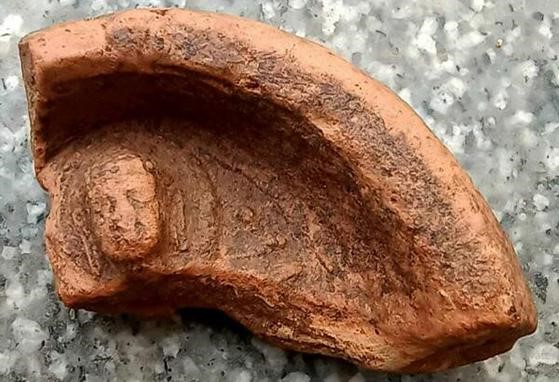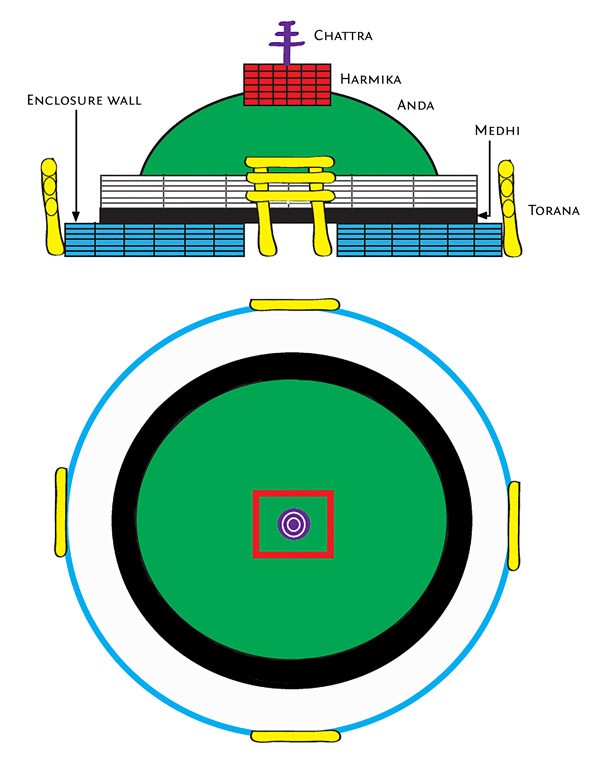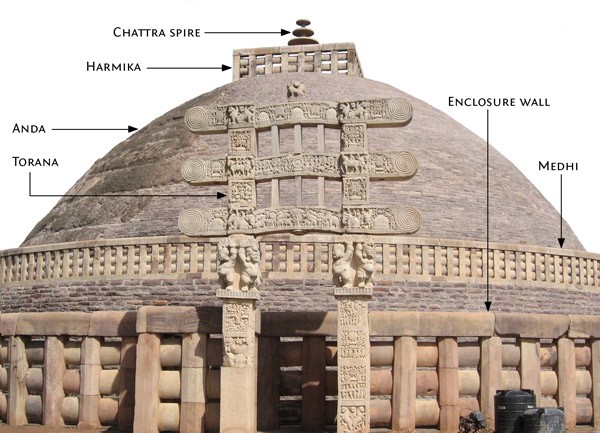Free Courses Sale ends Soon, Get It Now


Free Courses Sale ends Soon, Get It Now



Disclaimer: Copyright infringement not intended.
Context: The Archaeological Survey of India (ASI) stumbled upon a 1,300-year-old stupa right in the middle of a mining site in Odisha’s Jajpur district from where Khondalite stones were supplied for the beautification project around the 12th century Shree Jagannath Temple in Puri.
Details:
Khondalite stones:
Controversy:
Stupa:

Disclaimer: Copyright infringement not intended.
hguides.com if you would like to reuse this image.
In the most basic sense, as an architectural representation of a sacred burial site, a stupa — no matter where it is located in the world or when it was built — has three fundamental features.
Around these three core building blocks were added secondary features.

Disclaimer: Copyright infringement not intended.
|
PRACTICE QUESTION Q) Discuss the various salient features of a Buddhist Stupa. (250 words) |
https://epaper.thehindu.com/ccidist-ws/th/th_delhi/issues/26795/OPS/G31AU9B49.1+G3MAU9R2J.1.html
© 2024 iasgyan. All right reserved